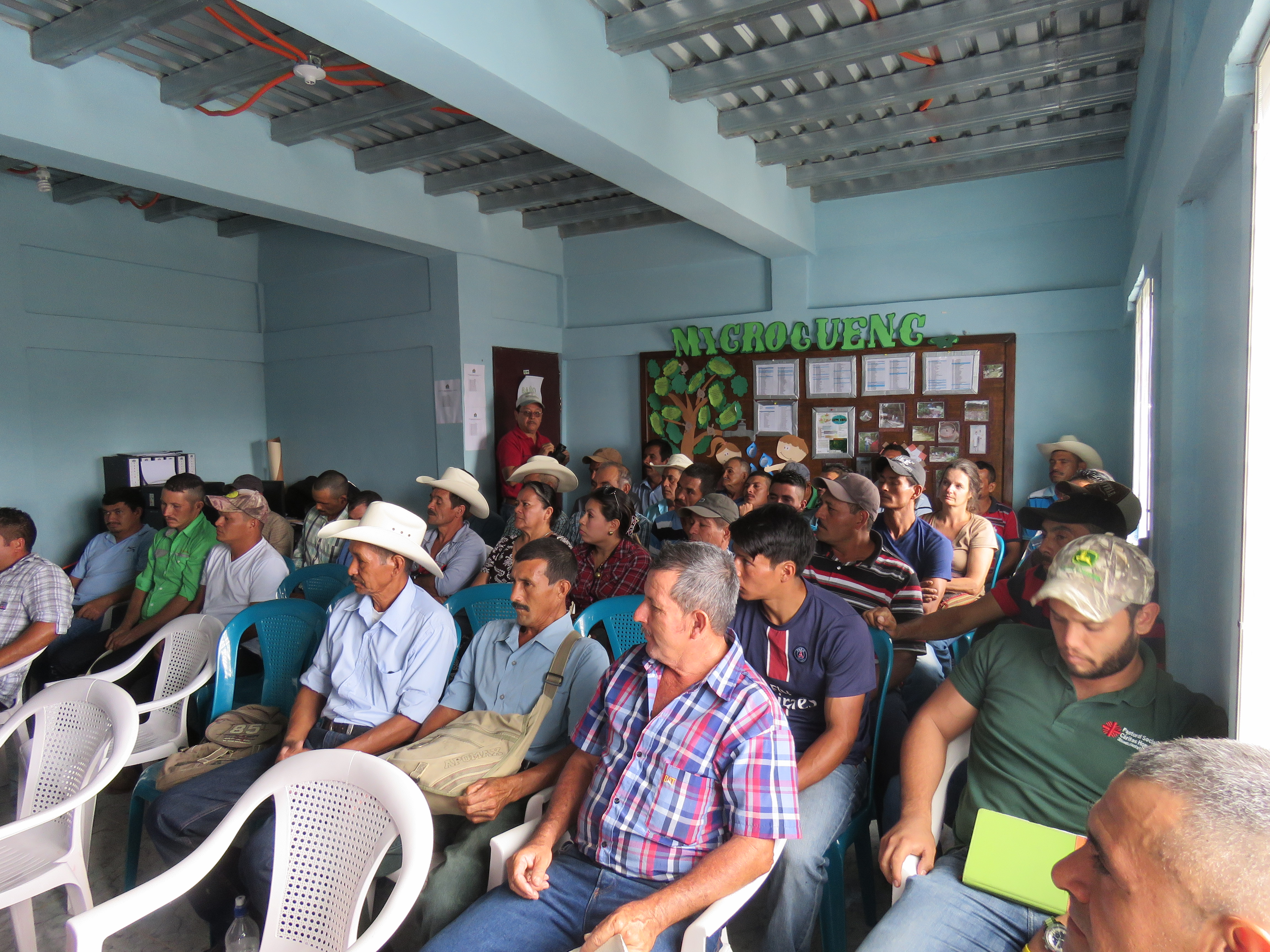The overall objective of the initiative was to increase the resilience of a local neighborhood. Therefore, an adequate implementation site had to be identified, with the potential to increase the quality of life of the local community and to showcase solutions to typical environmental problems that are present in the city of San José del Cabo.
The implementation site was selected by the Municipal Planning Institute of Los Cabos, by taking into consideration the following selection criteria:
- accessibility to the site
- available allies
- presence of environmental problems to be addressed
- crime rate
- support by the local government
- available services (electricity, water supply)
- available funding
After the site was selected, a socio-environmental analysis and a topographical survey was conducted by the Urban Oasis Alliance (consisting of the organizations Niparajá, Urbanería, EPI). The objective of these analyses was to identify the current status of the park, including the the environmental services it provided, the environmental and social risks that were present in the space, the user types, the different ways in which the community was using the park, perceived and existing risks and other social and environmental factors.
